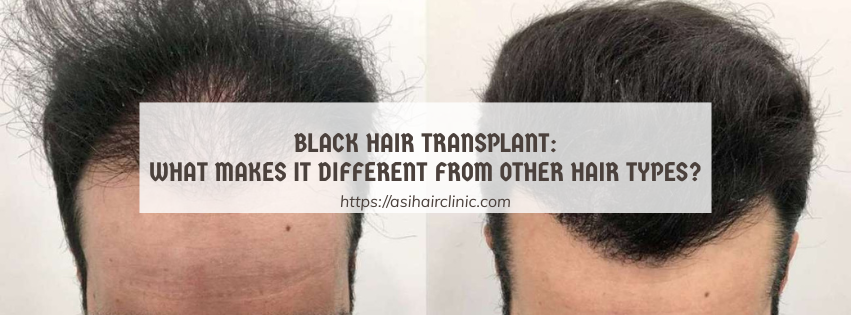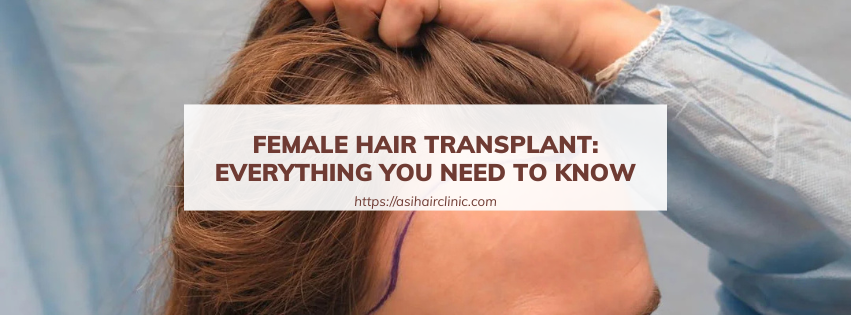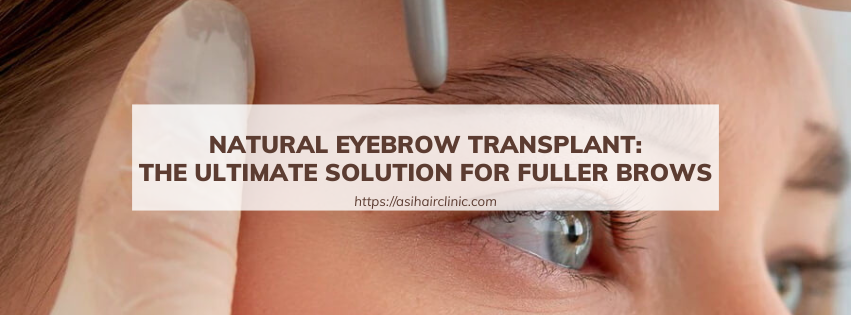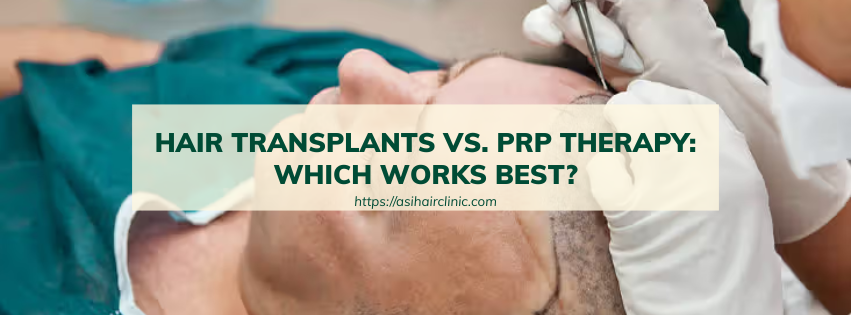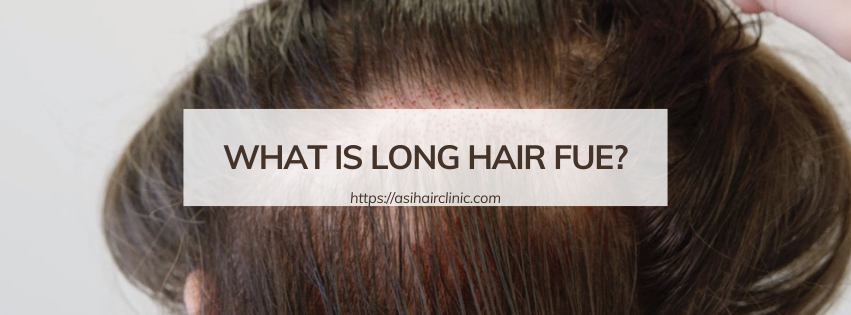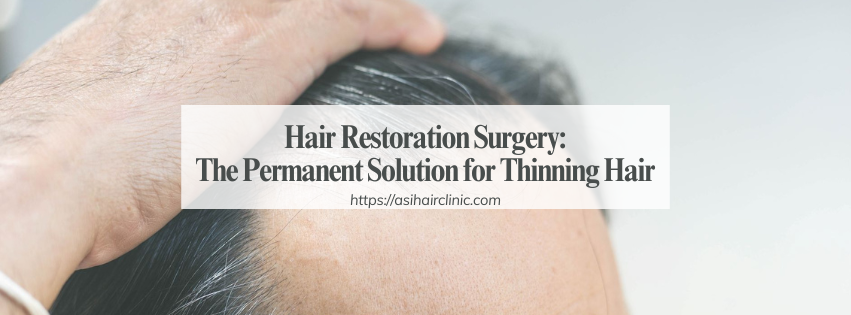What treatment is best for thinning hair?
Thinning hair can be a distressing experience that impacts self-esteem and confidence. It can manifest as a gradual decline in hair density or as a more sudden onset of hair loss, leaving individuals searching for effective solutions. Understanding the underlying causes and available treatment options is crucial for managing the condition effectively. In this comprehensive guide, we will explore the various treatment approaches for thinning hair and how to choose the best option for your individual needs.
1. Understanding the Causes of Thinning Hair
Before delving into the treatment options, it’s essential to understand the factors contributing to thinning hair. By identifying these causes, you can make informed decisions regarding your treatment plan.
1.1. Genetics (Androgenetic Alopecia)
One of the most prevalent causes of thinning hair is genetics, particularly androgenetic alopecia. This hereditary condition affects both men and women, leading to male pattern baldness in men and female pattern hair loss in women.
The primary culprit behind this type of hair loss is dihydrotestosterone (DHT), a hormone derived from testosterone. DHT shrinks hair follicles, resulting in shorter, finer hair strands over time. As a result, individuals may notice their hair becoming progressively thinner and sparser until they reach a stage of significant hair loss. Understanding the genetic predisposition can help set realistic expectations for treatment and outcomes.
1.2. Hormonal Changes
Hormonal fluctuations are another significant factor in hair thinning. Various life stages such as pregnancy, childbirth, menopause, and even thyroid disorders can lead to changes in hormone levels, affecting hair growth cycles.
For instance, during pregnancy, elevated levels of estrogen can prolong the hair growth phase, resulting in thicker locks. However, after childbirth, when hormone levels return to normal, many women experience temporary hair shedding known as postpartum hair loss. Addressing hormonal imbalances can be key to restoring healthy hair growth.
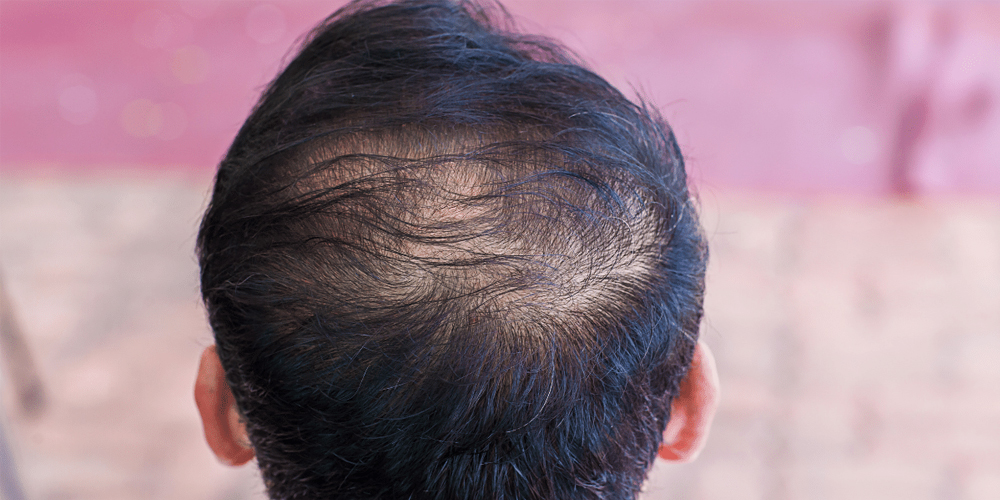
1.3. Medical Conditions
Certain medical conditions can also contribute to thinning hair. For example, alopecia areata is an autoimmune disorder characterized by patchy hair loss, whereby the immune system mistakenly attacks hair follicles. Additionally, diseases such as lupus or scalp infections can disrupt the normal functioning of hair follicles, leading to hair thinning.
Understanding the medical basis of hair thinning is crucial, as treating the underlying condition may result in the restoration of hair growth. Consultation with a healthcare provider can provide clarity on whether a medical condition is at play.
1.4. Stress and Lifestyle Factors
Stress plays a pivotal role in the overall health of your hair. Chronic stress can lead to telogen effluvium, a condition where hair follicles prematurely enter the resting phase, causing significant hair shedding. Moreover, lifestyle factors such as poor nutrition, lack of sleep, smoking, and excessive alcohol consumption can exacerbate hair thinning.
Making lifestyle adjustments can have a positive impact on hair health. Activities like regular exercise, adopting a well-balanced diet rich in vitamins, and practicing relaxation techniques can help mitigate the effects of stress and promote better hair growth.
2. Treatment Options for Thinning Hair
When dealing with thinning hair, the best treatment often hinges on understanding the root causes, as well as personal preferences and financial considerations. Below is an overview of some commonly utilized treatment options:
2.1. Topical Medications: Minoxidil and Finasteride
Topical medications are among the most popular treatment options for thinning hair. Both minoxidil and finasteride are FDA-approved treatments but cater to different demographics.
Minoxidil (Rogaine)
Minoxidil is available over-the-counter and is suitable for both men and women. It works by enhancing blood flow to hair follicles, stimulating hair growth, and prolonging the anagen (growth) phase of the hair cycle.
Typically applied twice daily, minoxidil may take several months to show visible results. While many individuals report success using this topical solution, the effectiveness varies from person to person. Users should remain consistent and patient, as results develop gradually over time.
Finasteride (Propecia)
Finasteride is a prescription medication specifically designed for men experiencing male pattern baldness. It functions by inhibiting the conversion of testosterone to dihydrotestosterone (DHT). By lowering DHT levels, finasteride can effectively reduce hair loss and promote regrowth.
While finasteride has shown high efficacy, potential side effects such as decreased libido and erectile dysfunction may deter some individuals from pursuing this option. It's vital to discuss these possibilities with a healthcare professional before starting treatment.
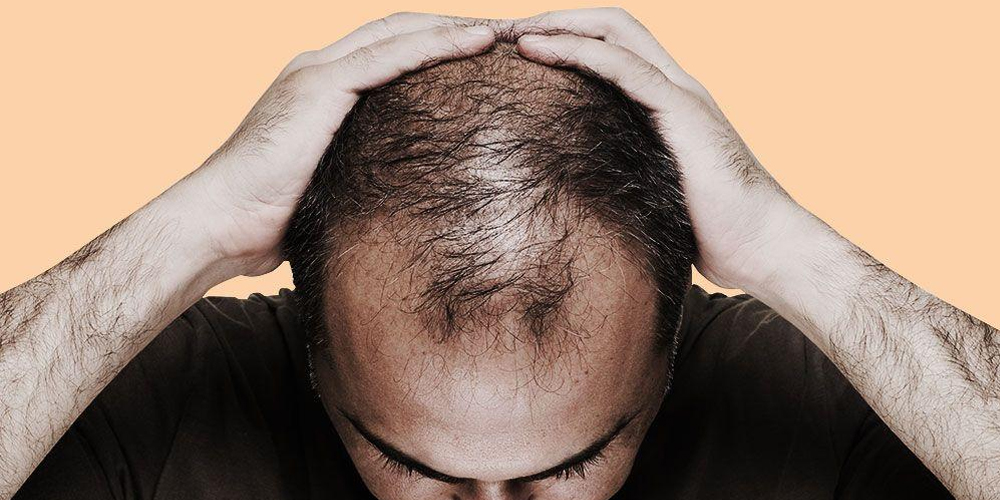
2.2. Platelet-Rich Plasma (PRP) Therapy
Platelet-rich plasma therapy has gained popularity as an innovative treatment option for thinning hair. This procedure involves extracting a small amount of the patient’s blood, processing it to concentrate platelets, and injecting the platelet-rich plasma into the scalp.
PRP contains growth factors that stimulate hair follicle activity and enhance blood supply to the treated area. The theory is that these growth factors can trigger hair growth and increase hair thickness.
Many patients require multiple sessions to achieve optimal results, with maintenance treatments recommended periodically. While research on the long-term efficacy of PRP therapy is ongoing, early studies suggest promising outcomes for individuals struggling with hair thinning.
2.3. Hair Transplantation
For individuals facing advanced hair thinning or balding, hair transplantation presents a permanent solution. This surgical procedure involves harvesting healthy hair follicles from a donor site (typically the back of the head) and transplanting them into thinning or balding areas.
Types of Hair Transplants
There are primarily two techniques employed in hair transplantation:
- Follicular Unit Transplantation (FUT): This method involves removing a strip of skin containing hair follicles, which are then dissected into smaller units before being transplanted.
- Follicular Unit Extraction (FUE): FUE entails extracting individual hair follicles directly from the scalp and implanting them into the recipient area.
Both techniques have their pros and cons, but they can yield natural-looking results when performed by a qualified surgeon. While the initial cost of hair transplantation may be significant, the results can last a lifetime, making it a worthwhile investment for many individuals.
2.4. Low-Level Laser Therapy (LLLT)
Low-level laser therapy is an emerging non-invasive option for addressing thinning hair. LLLT devices utilize specific wavelengths of light to stimulate hair follicles and improve blood circulation in the scalp.
This treatment is often regarded as safe and pain-free, suitable for home use or administered in clinical settings. While results can vary among individuals, several studies have indicated positive outcomes with consistent use over time.
Combining LLLT with other therapies may enhance the overall effectiveness of treatment. However, users should manage expectations, as results can take weeks or even months to become evident.
2.5. Supplements and Vitamins
Some individuals turn to dietary supplements and vitamins in hopes of bolstering hair growth and reducing thinning. Biotin, iron, zinc, and vitamin D are among the nutrients often associated with hair health.
A well-balanced diet is integral to maintaining healthy hair. Deficiencies in key nutrients can negatively impact hair growth. For instance, inadequate levels of iron can lead to anemia, which may result in increased hair shedding.
While supplements can aid in addressing these deficiencies, it’s essential to consult a healthcare professional before introducing any new products into your regimen. Self-diagnosing nutritional deficiencies can lead to unintended side effects or interactions with other medications.
2.6. Lifestyle Changes
Beyond medical treatments and supplements, making thoughtful lifestyle adjustments can significantly bolster hair health.
Stress Management Techniques
Chronic stress can wreak havoc on hair growth, so implementing stress-reducing practices is crucial. Techniques like yoga, meditation, and deep-breathing exercises can foster relaxation and alleviate stress levels.
Incorporating physical activity into your routine can also enhance overall well-being, promoting better sleep and mood regulation-both of which can positively affect hair health.
Nutritional Considerations
Eating a balanced diet rich in essential nutrients is paramount for healthy hair growth. Incorporating foods high in protein, iron, zinc, and omega-3 fatty acids can nourish your hair from within.
Some examples of beneficial foods include lean meats, legumes, nuts, seeds, leafy greens, and fatty fish. Avoiding harsh chemicals in hair products and reducing heat styling can also help maintain the integrity of your hair.
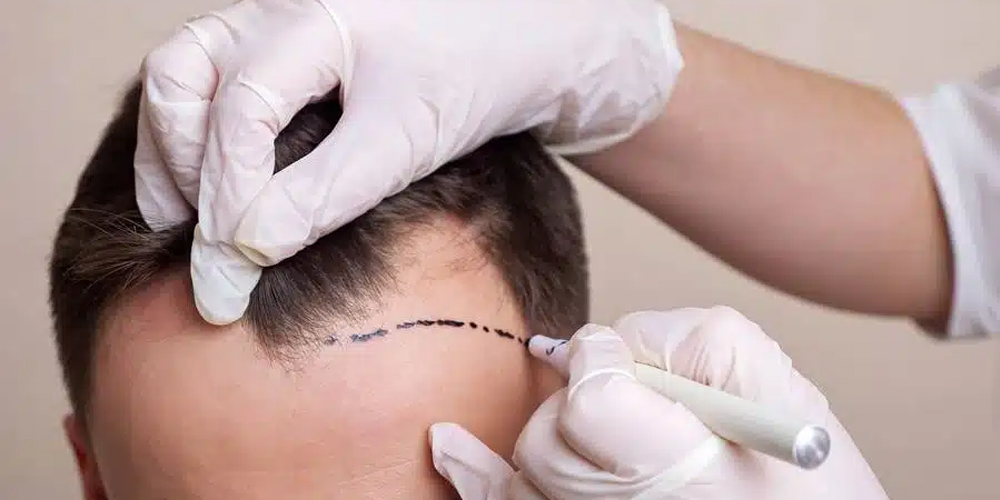
3. Choosing the Right Treatment
Selecting the most appropriate treatment for thinning hair requires careful consideration of several factors.
Assessing the Cause of Hair Thinning: Identifying the underlying cause of hair loss is essential when determining the right course of treatment. Engaging with a healthcare professional can expedite this process, allowing for tailored recommendations based on your unique situation.
Evaluating Severity of Hair Loss: The extent of hair thinning will influence the recommended treatment approach. If you’re in the early stages of hair loss, topical medications or lifestyle changes may suffice, while advanced thinning may necessitate more invasive interventions like hair transplantation.
Considering Individual Preferences: Personal preferences play a critical role in treatment selection. Some individuals may prioritize less invasive methods, while others might seek out more definitive solutions. Openly discussing your preferences and concerns with a healthcare provider can facilitate the decision-making process.
Financial Considerations: Cost can be a determining factor in selecting a treatment for thinning hair. While some options like topical medications are relatively affordable, others such as hair transplants can carry a hefty price tag. Budget constraints should be factored into your decision-making process.
Awareness of Potential Side Effects: Each treatment option comes with its own set of potential side effects. It’s imperative to thoroughly review these risks with your healthcare professional to weigh the pros and cons of each approach. Understanding any potential adverse effects can help inform your choice and prepare you for what to expect.
Age and Gender Considerations: Certain treatments may be better suited for specific age groups and genders. For example, hormonal treatments may be less advisable for younger individuals, while men may have more options available compared to women. Customizing treatment based on demographic factors can further optimize outcomes.
4. When to Seek Professional Help
While minor hair thinning could often be addressed through lifestyle modifications or over-the-counter remedies, it's vital to consult a healthcare professional if you notice significant changes in your hair.
4.1. Recognizing Signs of Concern
Seek help if you experience sudden or patchy hair loss, scalp irritation, or inflammation. These signs may indicate a deeper underlying issue that requires medical attention. An experienced dermatologist can provide a thorough evaluation, diagnose the cause of hair loss, and recommend appropriate treatment options.
4.2. The Benefits of Professional Guidance
Working with a healthcare professional ensures that you receive personalized recommendations based on your unique circumstances. This tailored approach can expedite recovery and enhance satisfaction with treatment outcomes.
Having an open dialogue about your concerns, treatment preferences, and expectations can pave the way for a successful partnership aimed at restoring the health of your hair.
5. Managing Expectations and Maintaining Results
When embarking on a treatment journey for thinning hair, it’s critical to manage your expectations realistically. Many treatments have the potential to slow down or reverse hair loss, but results can vary widely based on numerous factors.
Commitment to Treatment: Consistency is paramount when it comes to achieving positive results. Many treatments demand adherence to a prescribed regimen over several months. Monitoring progress and adjusting treatment plans as necessary is essential for maximizing results.
Understanding Timeline for Results: Patience is equally important. Visible improvements may take time; users should anticipate waiting several months-or even years-to see noticeable changes. Acknowledging this timeframe can minimize frustration and bolster motivation.
Preparing for Future Hair Loss: It’s worth noting that hair loss may continue or recur despite treatment, especially if the underlying cause persists. Being mentally prepared for this possibility can help maintain emotional resilience throughout the treatment process.
Importance of Follow-Up Appointments: Regular follow-up appointments with your healthcare provider are crucial. These sessions allow for monitoring of progress, evaluation of treatment efficacy, and adjustments to the approach if necessary. Stay proactive in your care to ensure the best possible outcome.
Conclusion
In conclusion, thinning hair can be a challenging experience, yet a multitude of treatment options exists to address this condition. Understanding the various causes, available treatments, and individual factors is essential for making informed decisions about the best course of action.
The journey toward managing thinning hair necessitates collaboration between you and your healthcare professional. By fostering open communication, setting realistic expectations, and adhering to a chosen treatment plan, you can maximize the potential for positive results. With the right approach, it is possible to restore not only your hair's health but also your confidence.
LATEST POSTS

